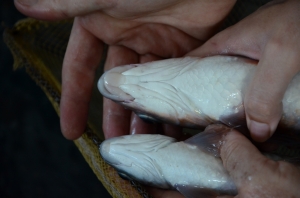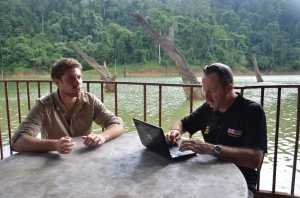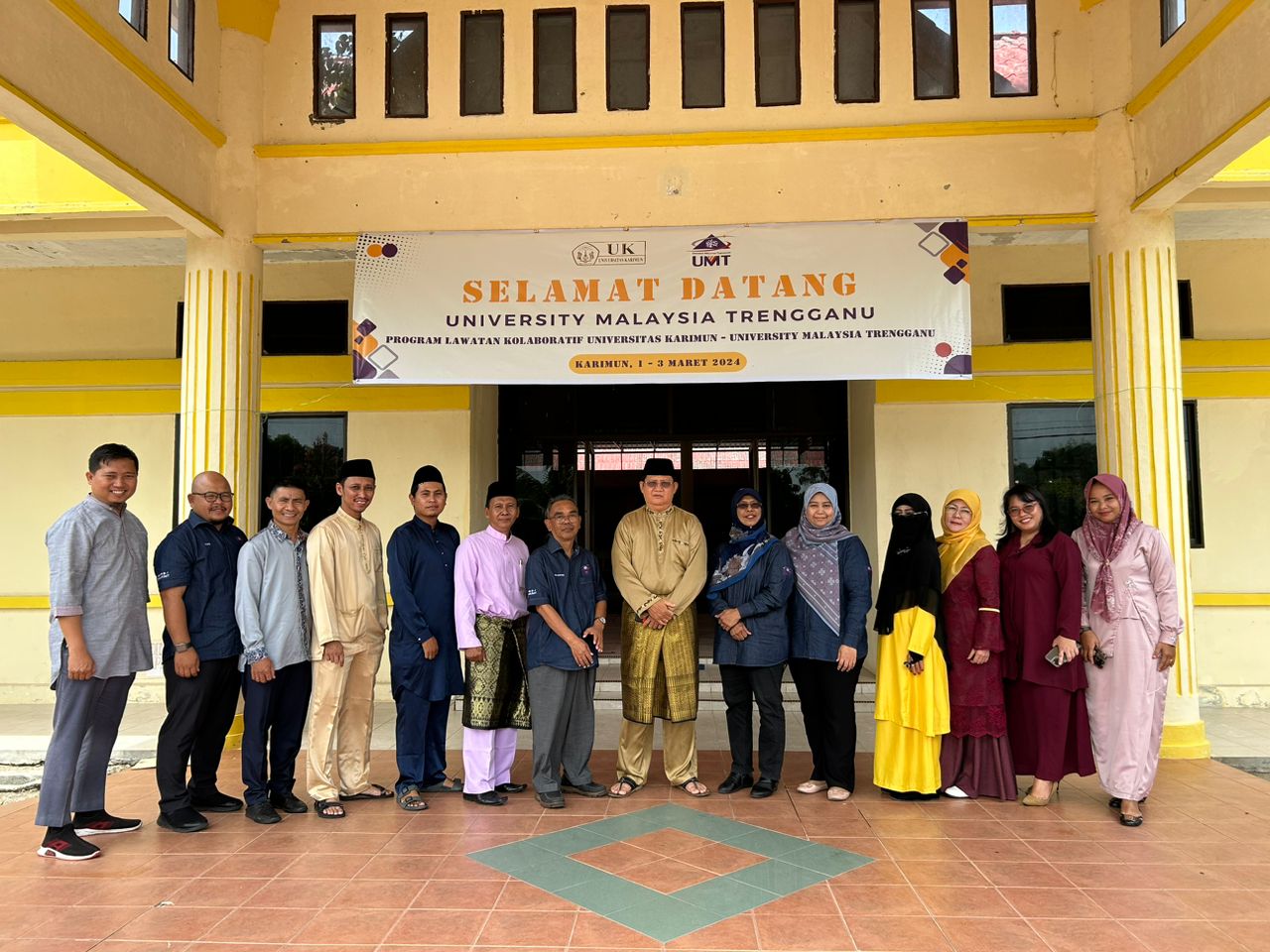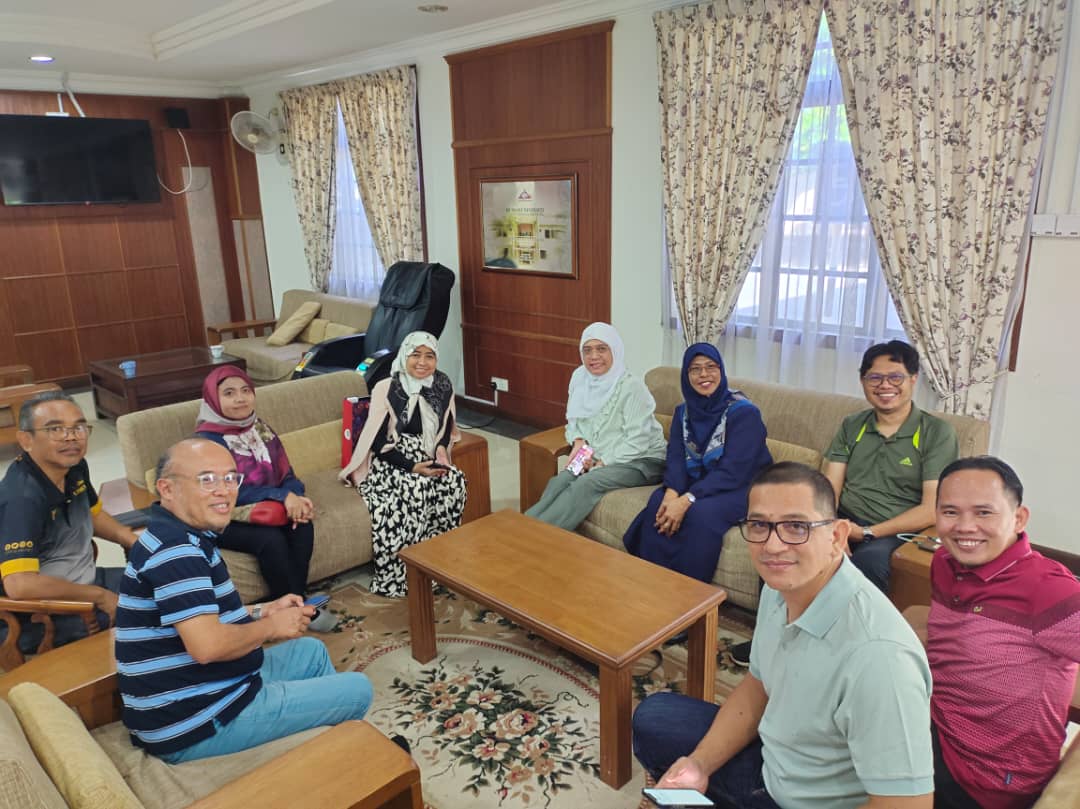
This week, Dr Sam Walton met up with Steve Lockett from the Mahseer Trust, a team of international scientists and representatives of the Kelah Association of Malaysia (KAGUM) to discuss the future for Kenyir’s threatened Tor species. The Mahseer Trust is a global charitable organisation that aims to establish collaborations between scientists working with mahseer species as well as developing effective and sustainable strategies for conservation, such as angling tourism with the ultimate goal of protecting these charismatic fish for future generations to enjoy.
As an ambassador of the Trust, Steve Lockett has acquired and shared a wealth of knowledge on Mahseer from all over Asia and his insights into work being carried out in other countries is invaluable in ensuring the work done here in Malaysia is as thorough and as useful as possible, thus maximising our chances of success. Steve was joined by Dr Ambily Nair and Neeti Mahesh who work with Indian Tor species, which are facing very similar pressures. Throughout our discussions it was clear that these fish are neglected in terms of research and over exploited in terms of their use as a natural product.
The mahseer trust and KAGUM are strong advocates of catch and release angling as both a survey method and a mechanism for the conservation of fish species. The group was taken to a remote location on the river Tembat, a well known river for its Kelah merah (red mahseer) where they attempted to catch specimens for DNA analysis. Unfortunately no Tor were caught on the trip, possibly highlighting there increasing rarity. Despite its remote location this site was still heavily impacted by sedimentation from logging roads and a nearby poachers camp complete with discarded segments of gill net suggested we may have arrived too late to see the fish here.

A significant obstacle to the official protection of Malaysian Tor species is uncertainty in their classification. Neither Tor tambroides nor Tor tambra is listed by the International Union for the Conservation of Nature (IUCN); the organisation which designates an officially recognised rarity status e.g. Endangered or Critically Endangered), due to a lack of taxonomic distinction between the two species. During their stay, the visitors were shown live specimens of the two species and the implications of their incorrect differentiation were discussed at length. It was concluded that the use of genetic techniques in combination with classical taxonomy is the only way to conclusively demonstrate a distinction (or lack of distinction) in the two types of Kenyir fishes so as to provide adequate data for the IUCN to assign a status of rarity. This is now the immediate priority of IPKs aquatic programme and will be supported by the Mahseer Trust and its network of international collaborators.
Learn more about the Mahseer Trusts’ work here.
Learn more about KAGUMs efforts to support Malaysia’s fish species here.





